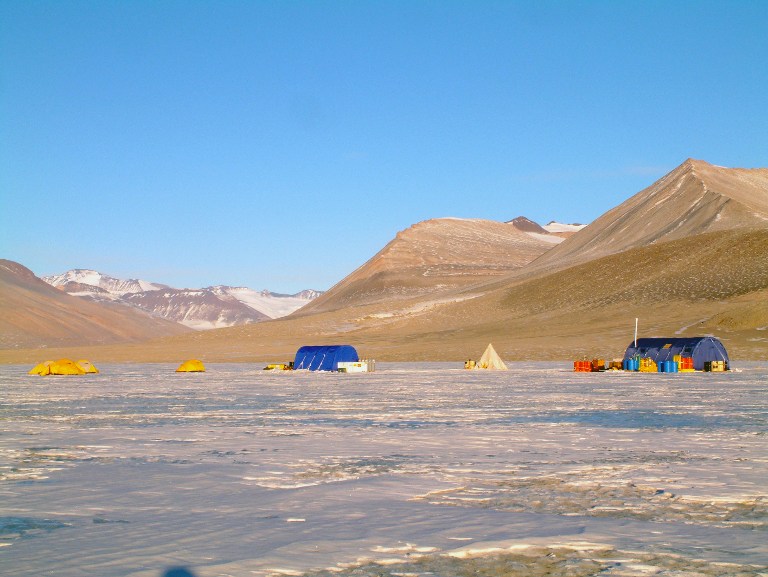SUMMARY
This is AI generated summarization, which may have errors. For context, always refer to the full article.

WASHINGTON DC, United States – Researchers have found bacteria thriving beneath ice, in the dark and without oxygen in a lake in Antarctica, pushing the boundaries of what was thought necessary to sustain life on Earth.
It is an extreme environment that also could exist elsewhere in our solar system, suggesting the possibility of conditions for life to exist somewhere that is not this planet.
“The discovery of this ecosystem gives us insight into other isolated, frozen environments on Earth, but it also gives us a potential model for life on other icy planets that harbor saline deposits and subsurface oceans, such as Jupiter’s moon Europa,” said Nathaniel Ostrom, a Michigan State University zoologist who co-authored “Microbial Life at -13ºC in the Brine of an Ice-Sealed Antarctic Lake.”
Ostrom and company write about their discoveries in the current issue of the Proceedings of the National Academy of Science.
Lake Vida, which lies in the McMurdo Dry Valleys, contains no oxygen, is mostly frozen and has the highest nitrous oxide levels of any natural water body on Earth. It also has high concentrations of hydrogen gas, nitrate, nitrite and nitrous oxide.
The bacteria live below 20 meters (yards) of ice, and the water under the ice layer can be six times saltier than ocean water.
“It’s plausible that a life-supporting energy source exists solely from the chemical reaction between anoxic salt water and (iron-rich) rock,” explained Christian Fritsen, a systems microbial ecologist and Research Professor in Desert Research Institute’s Division of Earth and Ecosystem Sciences.
“Our knowledge of geochemical and microbial processes in lightless icy environments, especially at subzero temperatures, has been mostly unknown up until now,” said the DRI’s Alison Murray, a lead author.
“This work expands our understanding of the types of life that can survive in these isolated, cryoecosystems and how different strategies may be used to exist in such challenging environments,” she explained. – Jean-Louis Santini, Agence France-Presse
Add a comment
How does this make you feel?
There are no comments yet. Add your comment to start the conversation.